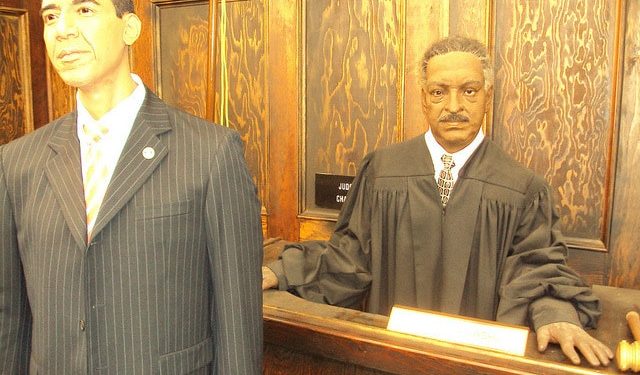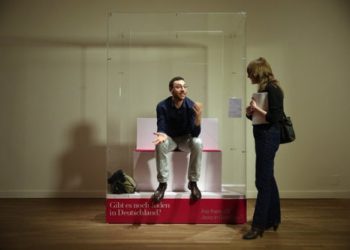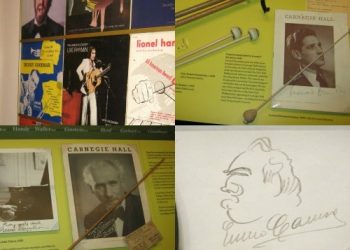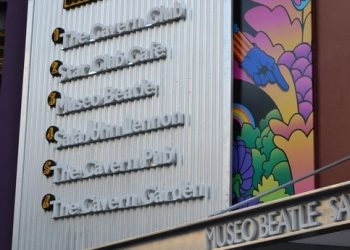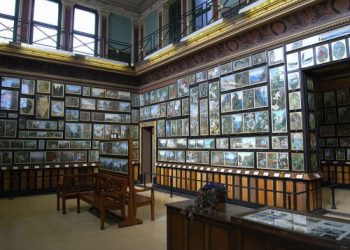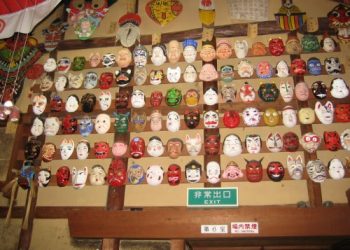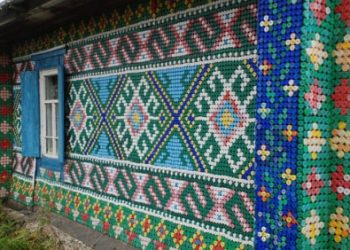Because Black History Month ends tomorrow and this week’s theme seems to be all about wax, I believe this is the perfect time to tell you about Oran Z’s Pan African Black Facts and Wax Museum. Located in the middle of a strip mall in south Los Angeles, this sprawling museum isn’t just full of famous black figures cast in wax (like President Barack Obama and Supreme Court Justice Thurgood Marshall above). No, it’s also home to thousands of Black Americana artifacts, everything from slave shackles and once-popular “Mamie” cookie jars to a flag signed by Barack Obama and an African-American reference library. There are old advertisements, Negro League baseball memorabilia, postcards, toys, sheet music, KKK paraphernalia and even antique Kente cloths. If you’re lucky, the owner Oran Z. Belgrave (who also happens to be the inventor of the World’s Fastest Hair Weaver, which has its own museum display and is available for purchase in the shop of course) will give you a personal tour. According to Oran Z, he is “just a collector…I present the figures and the facts, and it’s up to you to interpret what’s important. I collect everything African-American. If it’s for blacks, against blacks, I collect it all.“
This whole thing began decades ago when Oran Z collected cookie jars and play dolls of African-American design. His collection grew to include African-American documents, books and wax figures. In December of 1999, his collection became a museum, bankrolled with his highly successful hair-weaving product. The museum quickly outgrew its original 2,000-square-foot space and adjacent 14,000-square-foot storage. Now six shipping containers sit behind the building housing separate collections, including “Holocaust of Black America,” with a partly reconstructed slave ship and racks of black mannequins shackled to wood frames. He hosts field trips and community events where children can learn more about African culture, and hopes many of his exhibits will travel across the country to be displayed in schools. Unfortunately, his museum might be forced to move or close due to a redevelopment and gentrification plan. “I guess they don’t think it’s a good idea to have a black museum owned by a black man located in a black neighborhood on Martin Luther King Boulevard,“ says Oran Z.
